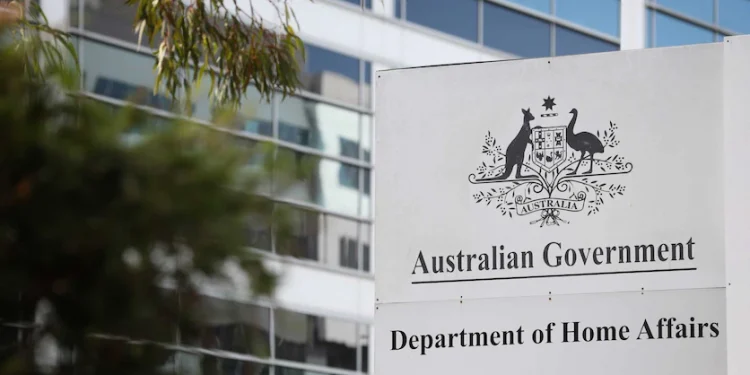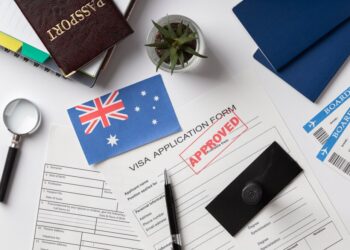According to the Organization for Economic Co-operation and Development (OECD), Australia has the second-worst labor and skills shortfall in the world, after only Canada. The Australian Bureau of Statistics reported in July that the number of open vacancies in the nation was equal to the number of jobless individuals. Australia has boosted the quotas for numerous skilled visa categories in an effort to address and assist with relieving the labor shortage.
The Australian government boosted quotas for a number of skilled visa categories in its 2022–23 Migration Program planning levels, which were released in August. The government said it aims to grant 109,900 skilled Australian visas this fiscal year. In particular, State-Nominated Visas are proven to be a top priority.
The most sought-after of them all, the points-based Skilled Independent visa, allows the bearer to reside and work anywhere in Australia.
With the State Nominated (Subclass 190) visa, applicants are granted permanent residency in Australia the minute they arrive. One must spend at least two years residing and working in the state that nominated them. After that, applicants are free to relocate anywhere they like.
The Regional State Nominated (Provisional) (Subclass 491) is a temporary visa that offers full access to Medicare and perks not included in other temporary Australian visas, such as facilitating permanent residency.
To qualify for permanent residency, one must spend three years living and working in the area that nominated them, and each of those years must have a taxable income of more than AUD 53,000.
An overview of the Migration Program planning levels
The 2022–23 Migration Program was created with the goal of accelerating Australia’s economic recovery and achieving social cohesion goals in the post-pandemic context. Each year, the Migration Program’s scope and structure are determined in tandem with the budgeting process of the Australian government.
The Department of Home Affairs held extensive consultations with state and territory governments, experts from academia and business, union representatives, and community organizations between November 2021 and December 2021 in order to inform the planning levels and policy settings of the 2022–23 Migration Program.
The program is planned to take into account input from the public, economic and labor force estimates, international research, net migration abroad, and economic and fiscal modeling.
The 2022–23 Migration Program will be composed of the following at a planning level of 160,000 places:
Skill (109,900 slots): The skill stream aims to increase the economy’s capacity for production and address skill shortages in the labor market, particularly in regional Australia.
The Minister for Immigration, Citizenship, Migrant Services, and Multicultural Affairs has the authority to continually reassign positions among the categories of Skill stream visas in order to adapt to shifting economic situations as they emerge.
Family (50,000 slots): Partner visas make up the majority of this stream, which allows Australians to reunite with family members who live abroad and gives them access to citizenship. In order to promote family reunions, Partner visas will be issued on a demand-driven basis starting in 2022–2023. This will speed up the processing of numerous applications for Partner visas.
For planning reasons, 40,500 Partner visas are projected for the years 2022–2023. However, it should be noted that there is no cap on this projection. Furthermore, 3,000 child visas are projected for the years 2022–2023, keeping in mind that this category is demand-driven and not capped.
Special Eligibility (100 slots): This stream handles visas for people in unusual circumstances, such as Australian permanent citizens who are returning home after spending time abroad.
Applicants must be younger than 45 years of age, nominate a job on the list of the relevant skills, complete a skill assessment, fulfill the English language requirements, be in good health, have good character, and achieve the required points score in order to be eligible for a skilled visa (based on criteria like age, experience, and education).
Results of English language proficiency tests are presented together with documentation for skills assessments, educational background, work history, and references. Sponsorship forms, if applicable for the specific type of visa. Paystubs, tax forms, etc. Passport images of oneself, the partner, and any dependents, as well as identity documents.
Personal documents, such as unabridged birth certificates, copies of adoption papers, marriage certificates, divorce decrees, or death certificates, of oneself, one’s spouse, and dependents. Character references such as police clearance certificates from each nation, including applicants, where they spent a total of 12 months or more in the ten years after the day they turned 16, as well as from their own country.











